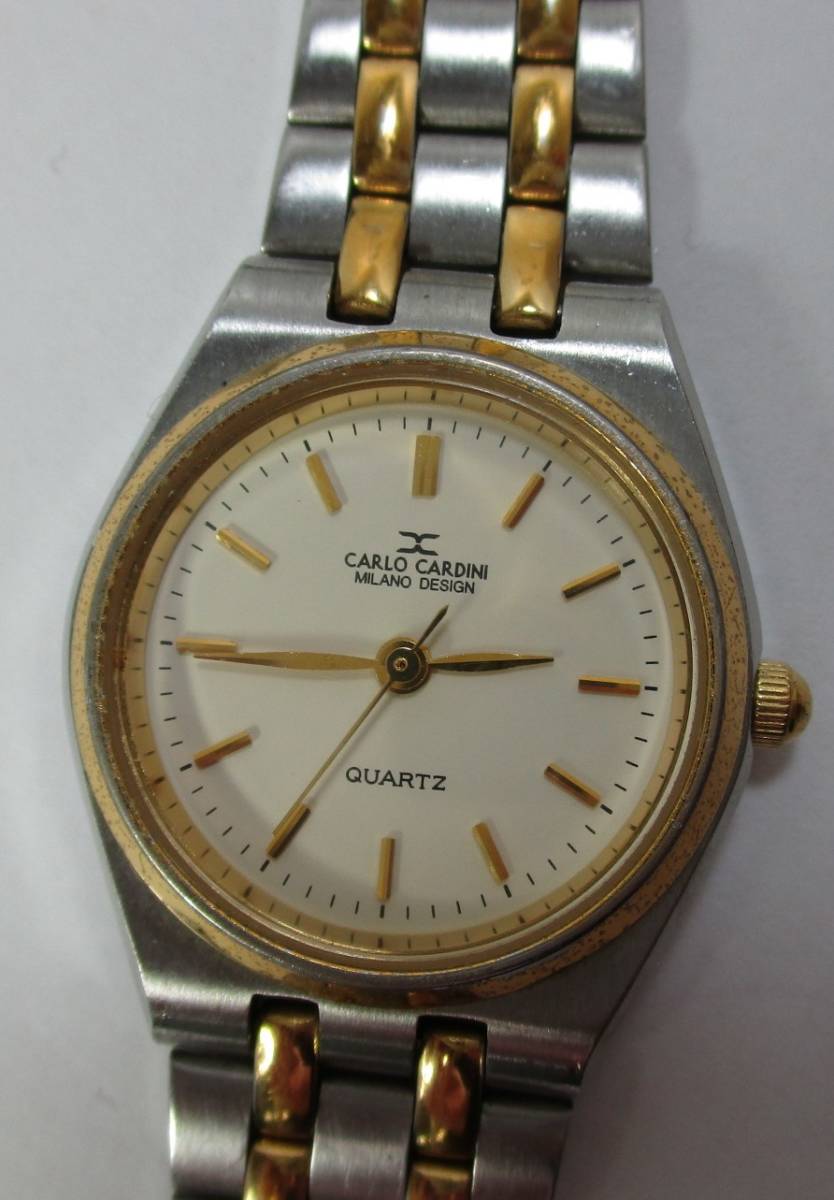


The model then calculates results over and over, each time using a different set of random values from the probability functions. The generated stock price at the time of expiration is then used to calculate the value of the option. The random number then uses the additional inputs of volatility and time to expiration to generate a stock price. The model first generates a random number based on a probability distribution. Monte Carlo simulation uses computerized modeling to predict outcomes. The downside is that binomial models are complex to construct and depending on the number of steps used in the model, can be incredibly unwieldy in terms of size of the spreadsheet and computing power needed to run. However, the binomial model also offers more flexibility because the user can alter the inputs at each step in the process to account for differences in the ability to exercise a particular option that shows non-standard features. It should be noted that if no alterations are made and the same inputs as a Black-Scholes model are used, and when using a sufficient number of steps, the results of the binomial model and a Black Scholes model will be identical. As you work your way back to the present, you are left with one option price. Any adjustments to stock prices (at an ex-dividend date) or option prices (as a result of early exercise of American options) are worked into the calculations at the required point in time.

The option prices at each step are used to derive the option prices at the next step of the model. Next the option prices at each step of the model are calculated working back from expiration to the present. at expiration of the option - all the terminal option prices for each of the final possible stock prices are known as they simply equal their intrinsic values. The model produced is a theoretical representation of all the possible paths that the stock price could take during the life of the option.Īt the end of the model - i.e. This produces a binomial distribution of underlying stock prices. At each step, the model predicts two possible moves for the stock price, (one up and one down) by an amount calculated using volatility and time to expiration. In contrast to the Black Scholes model, a binomial model breaks down the time to expiration into a number of time intervals, or steps. The downside to the Black-Scholes model is that it’s a black box calculator and it doesn’t offer the flexibility required to value options with non-standard features, such as a price reset feature or a mandatory exercise requirement. For most regular options, using a Black-Scholes model is good enough.

The good thing is, you don’t have to be a math whiz, just find the right inputs and use a good online calculator ( here’s a decent one).
CALRO VS PRIZMO FREE
It relies on fixed inputs (current stock price, strike price, time until expiration, volatility, risk free rates, and dividend yield). The Black-Scholes model is the most popular method for valuing options and can be quite accurate. But did you know there are other, more-flexible methods for valuing options? Below is a summary of a couple of the different option valuation methods, along with their strengths and weaknesses. Anyone that’s ever dealt with options has heard of the Black-Scholes model of valuing options. I’ve been working on a couple option valuations lately, and maybe this shows how big of a nerd I am, but I find them very interesting. And because of the use of leverage, the returns can be greater as well. But if used correctly, they can actually present less risk than owning the stock itself. They’ve gotten a little bit of a bad rap in the news because they can be risky. I love to trade options and I love valuing options because they’re different and present some unique challenges in figuring out their worth.


 0 kommentar(er)
0 kommentar(er)
